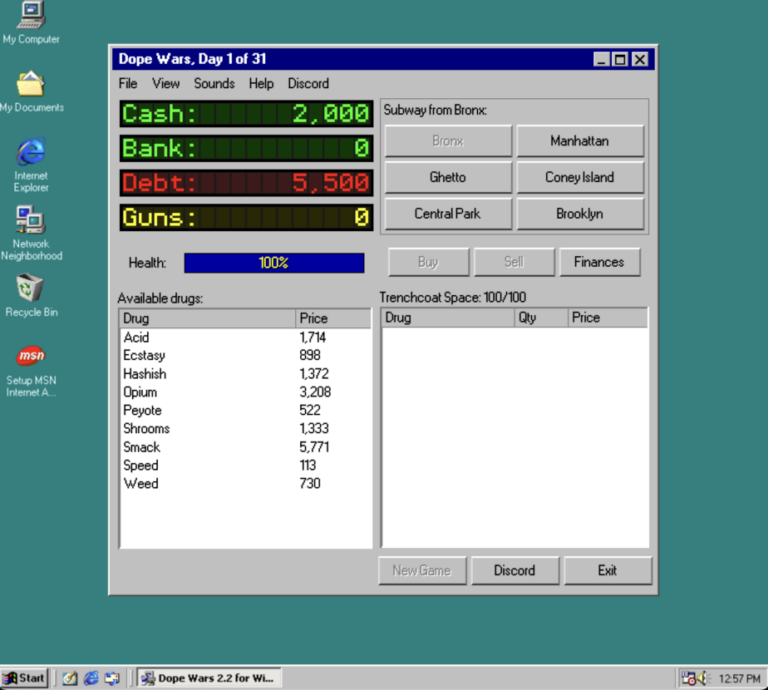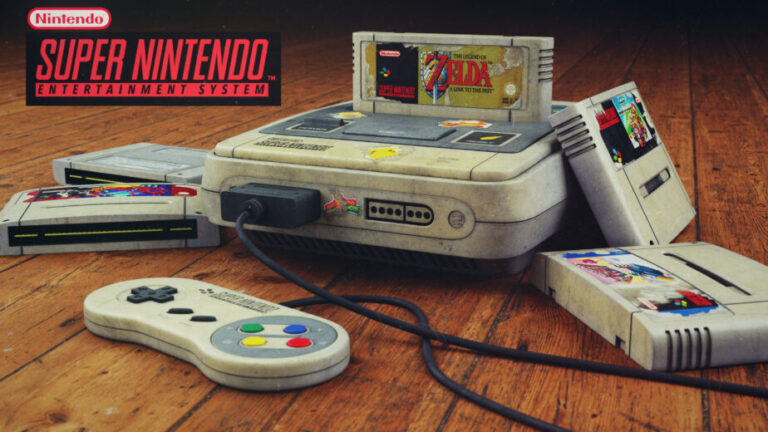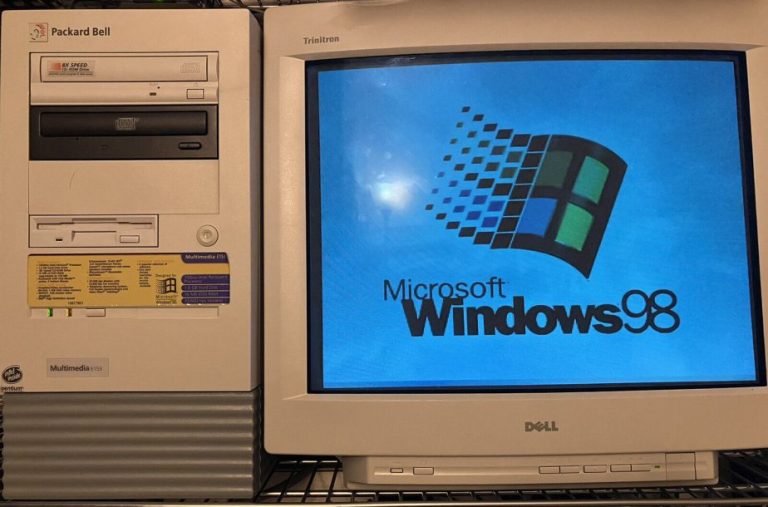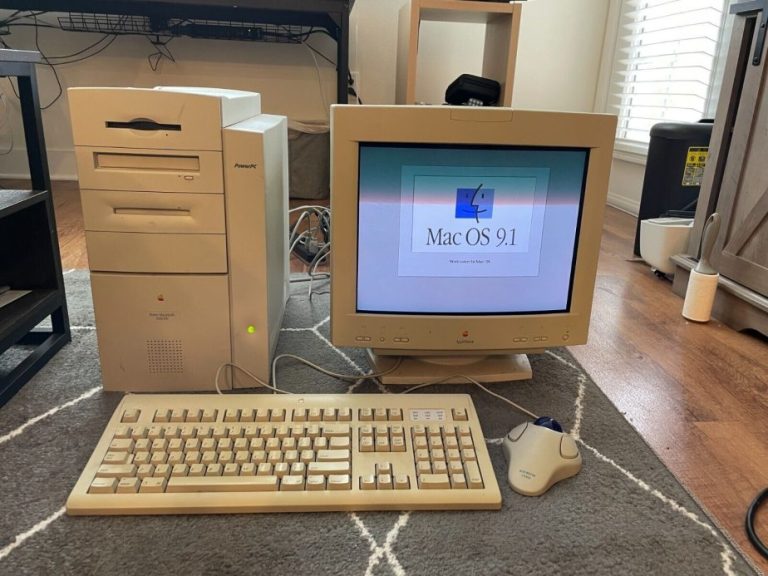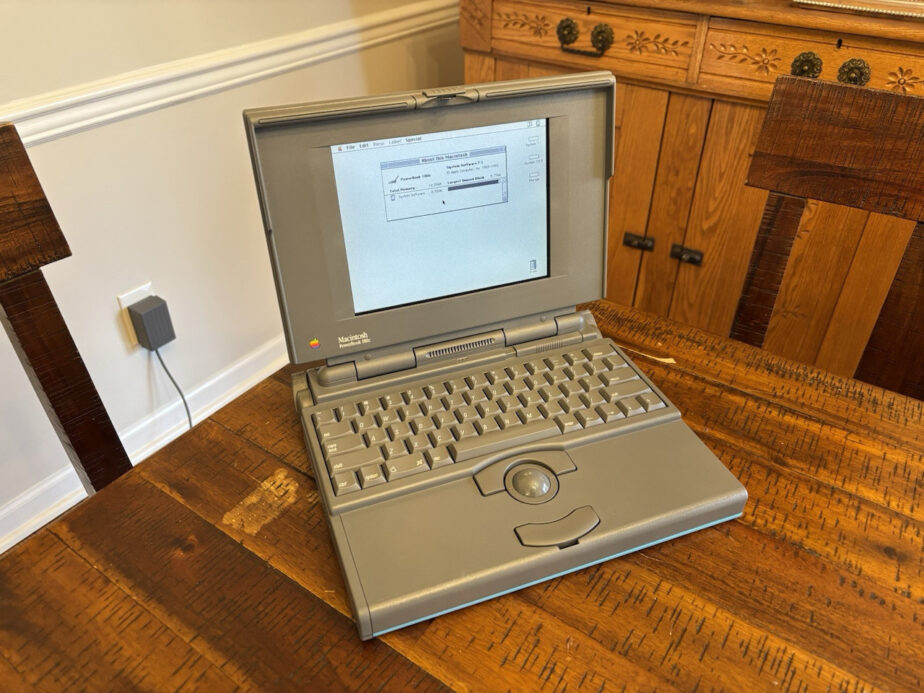
In the early 1990s, Apple was revolutionizing the laptop industry with its PowerBook series. One of the most notable models from this era was the PowerBook 180c, released in June 1993. This machine was Apple’s first-ever notebook to feature an active-matrix color display, marking a significant step forward in portable computing.
A Breakthrough in Laptop Displays
The PowerBook 180c boasted a 10.4-inch active-matrix LCD screen capable of displaying 256 colors at a resolution of 640×400 pixels. Compared to earlier PowerBook models with monochrome or passive-matrix displays, this was a game-changer for professionals needing vibrant visuals on the go.
Specifications and Performance
Under the hood, the PowerBook 180c was powered by a Motorola 68030 processor running at 33 MHz, coupled with a Motorola 68882 FPU (floating-point unit) for enhanced performance. It came with 4MB of RAM (expandable to 14MB) and a built-in 80MB or 160MB hard drive, depending on the configuration.
The machine also featured:
- A 1.44MB 3.5-inch floppy drive
- SCSI port for external storage and peripherals
- ADB (Apple Desktop Bus) port for keyboards and mice
- Serial ports for connecting printers and modems
While these specs may seem modest by today’s standards, they were impressive for a portable device in 1993.
Portability and Design
Weighing around 7.1 pounds (3.2 kg), the PowerBook 180c was relatively lightweight for its time. It featured Apple’s signature dark gray case, a built-in trackball (instead of a touchpad), and an ergonomic keyboard that made typing comfortable for long hours. The compact design and improved display made it an attractive choice for business professionals and creative users alike.
Software and Operating System
The PowerBook 180c shipped with System 7.1, Apple’s classic Macintosh operating system, which supported multitasking and a wide range of productivity applications. Users could also upgrade to later versions like System 7.5, enhancing performance and compatibility with newer software.
Challenges and Limitations
Despite its innovative display, the PowerBook 180c had some drawbacks:
- Short battery life: The color display consumed significant power, leading to a battery life of only 1-2 hours.
- Heat issues: The active-matrix screen and powerful components generated noticeable heat.
- High price: At launch, the PowerBook 180c was priced at around $4,160, making it one of the more expensive laptops of its time.
Legacy and Impact
The PowerBook 180c set the stage for future Apple laptops, proving that color displays in portable computers were not just a luxury but a necessity. While its battery limitations and high cost prevented it from being a mass-market success, it was a crucial stepping stone toward modern MacBooks.
Today, the PowerBook 180c remains a cherished piece of Apple history, sought after by collectors and enthusiasts of vintage technology. Its pioneering role in color laptop displays makes it a true milestone in Apple’s legacy.
Are you a fan of vintage Apple hardware? Have you ever used a PowerBook 180c? Share your thoughts in the comments below!


